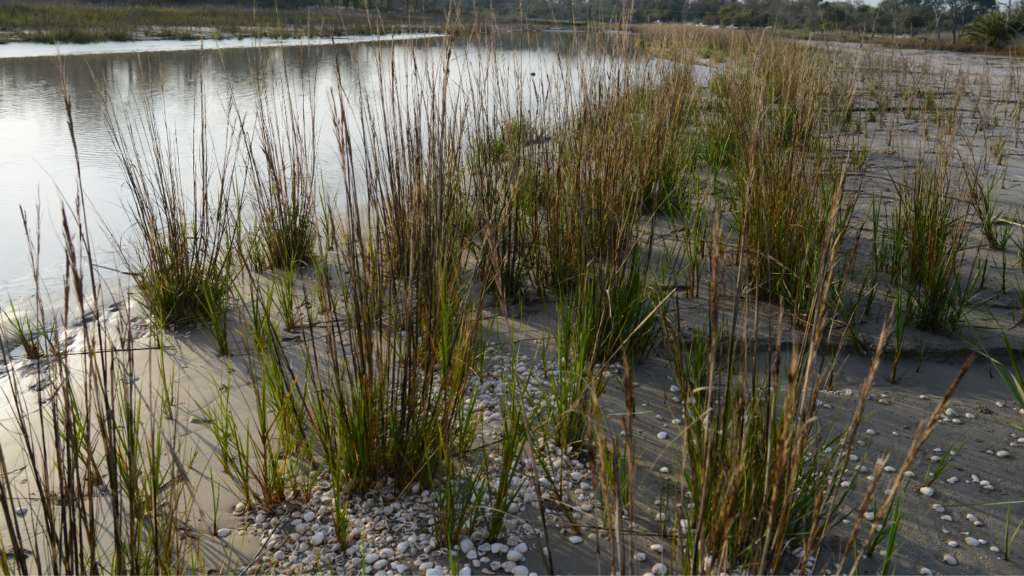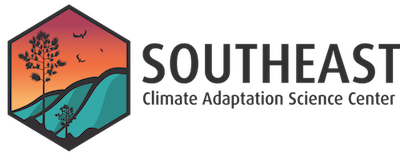Evaluating the Vulnerability of Indigenous Shell Middens and Marsh Habitat Diversity to Sea Level Rise

Project Information
Principal Investigator: Kathryn E.L. Smith (USGS St Petersburg Coastal and Marine Science Center)
Project Start: February 2024
Proposed Project Completion: March 2026
Implements Science Plan Theme: Significance to Tribal Nations
Co-Investigators:
Kristen Byrd (USGS Western Geographic Science Center)
Jayur Mehta (Florida State University)
Davina Passeri (USGS St Petersburg Coastal and Marine Science Center)
Cooperator/Partner(s):
Lindsey Bilyeu (Choctaw Nation of Oklahoma)
Melanie Carson (Mississippi Band of Choctaw)
Cindy Carter-Davis (Mississippi Department of Archives and History)
Madison Currie (Choctaw Nation of Oklahoma)
Andrew Frank (Florida State University Native American and Indigenous Studies Center)
Nicole Grinnan (Florida Public Archaeology Network University of West Florida)
Megan Lamb (Apalachicola National Estuarine Research Reserve)
Jessica Lewis (Mississippi Band of Choctaw)
Jonathan Pitchford (Grand Bay National Estuarine Research Reserve)
Overview:
Coastal marshes in the gulf states face climate change threats from sea level rise and frequent severe storms. These wetlands provide important environmental services, such as habitat for wildlife and storm surge protection for coastal communities, but they also contain Native American cultural artifacts within shell mounds (or shell middens). When sea level was lower, Indigenous communities lived near the coast, where they harvested oysters and other foods, creating piles of shells, broken pottery, beadwork, and other materials. Over time, as sea levels rose and coastal landforms changed, much of the area was transformed into wetlands and barrier islands. Today, the shell middens sit at higher elevations than the surrounding marsh, creating unique diverse habitats and ecosystems. However, rising sea levels and stronger storms put these historical cultural artifacts and ecological diversity at risk to submergence and erosion.
The goals of this project are to determine which cultural sites are at the greatest risk, focusing on Apalachicola and Grand Bay National Estuarine Research Reserves as pilot study sites and to create a risk-assessment tool to increase awareness about cultural site risks to erosion and submergence and to help guide decision-making. The project team will build an advisory team of Tribal representatives, state archaeologists, and land managers to guide the creation of the tool. The project will also increase Indigenous representation in coastal and archaeological sciences by creating a field course that is free to Indigenous students. This engagement can help ensure future management decisions are informed by both cultural and ecological data.
The site risk-assessment tool and shell midden vulnerability model from this project will equip managers and Tribes with practical tools and information for protecting cultural heritage sites and unique habitats from climate change threats.
